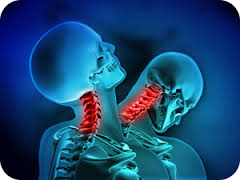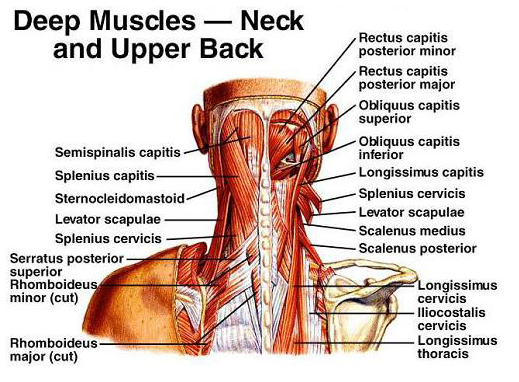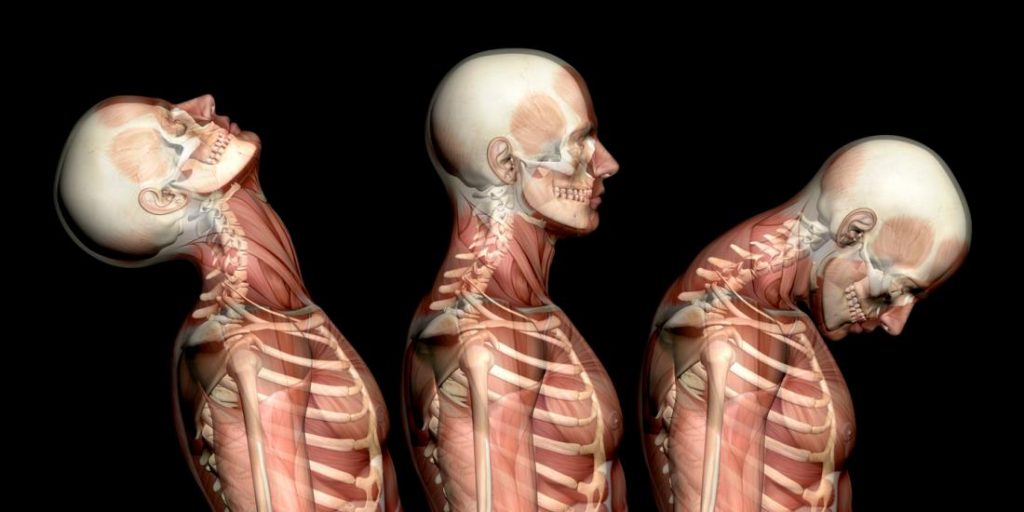Whiplash Associated Disorder
Posted on June 26th, 2019 by Andries Lodder

Trauma to the neck is common during motor vehicle collisions and injury during sport. A common neck injury is whiplash which is a sprain to the upper cervical region. Neck sprains typically occur at the extremes of motion, a violent muscle contraction or an external force.
The cervical region forms one of the five regions in the spine, i.e. cervical, thoracic, lumbar, sacral and coccygeal. Each region is structurally and functionally different and plays an important role in spinal movement and strength.
The cervical vertebrae is made up of 7 vertebrae with each vertebrae increasing in size. The cervical region contains spinal nerves which innervate muscles of the neck, shoulder and diaphragm. These nerves also provide sensation for the skin of the ear, neck and upper chest. Impingement of these nerves can result in headaches, neck pain and breathing difficulties.

What is Whiplash?
During a whiplash the neck is violently forced forward and then backward resulting in overstretching of the anterior and posterior muscles as well as ligaments in the neck muscles.
Symptoms of a whiplash include:
- Pain in the surrounding neck and shoulder muscles
- Stiffness
- Restricted range of motion of the neck
- Ongoing symptoms for several days and more
- Loss of balance
- Headaches
- Muscle spasms
- Sensation of pins and needles
Management of whiplash injury
- Treatment includes rest, ice and non-steroidal anti-inflammatory drugs prescribed by a medical practitioner.
- A collar may be used for additional cervical support continuous ice and heat therapy can then be used.
- Progression to gentle stretching and exercises supervised by a physiotherapist or Biokineticist.
- Return to competitive sport should not occur until there is no pain and all neck tests have been proved negative.
- Symptoms should be monitored closely and discussed with the physician, physiotherapist and Biokineticist.
For more information or treatment on whiplash associated disorder, feel free to contact us and let us help you.
Tweet
